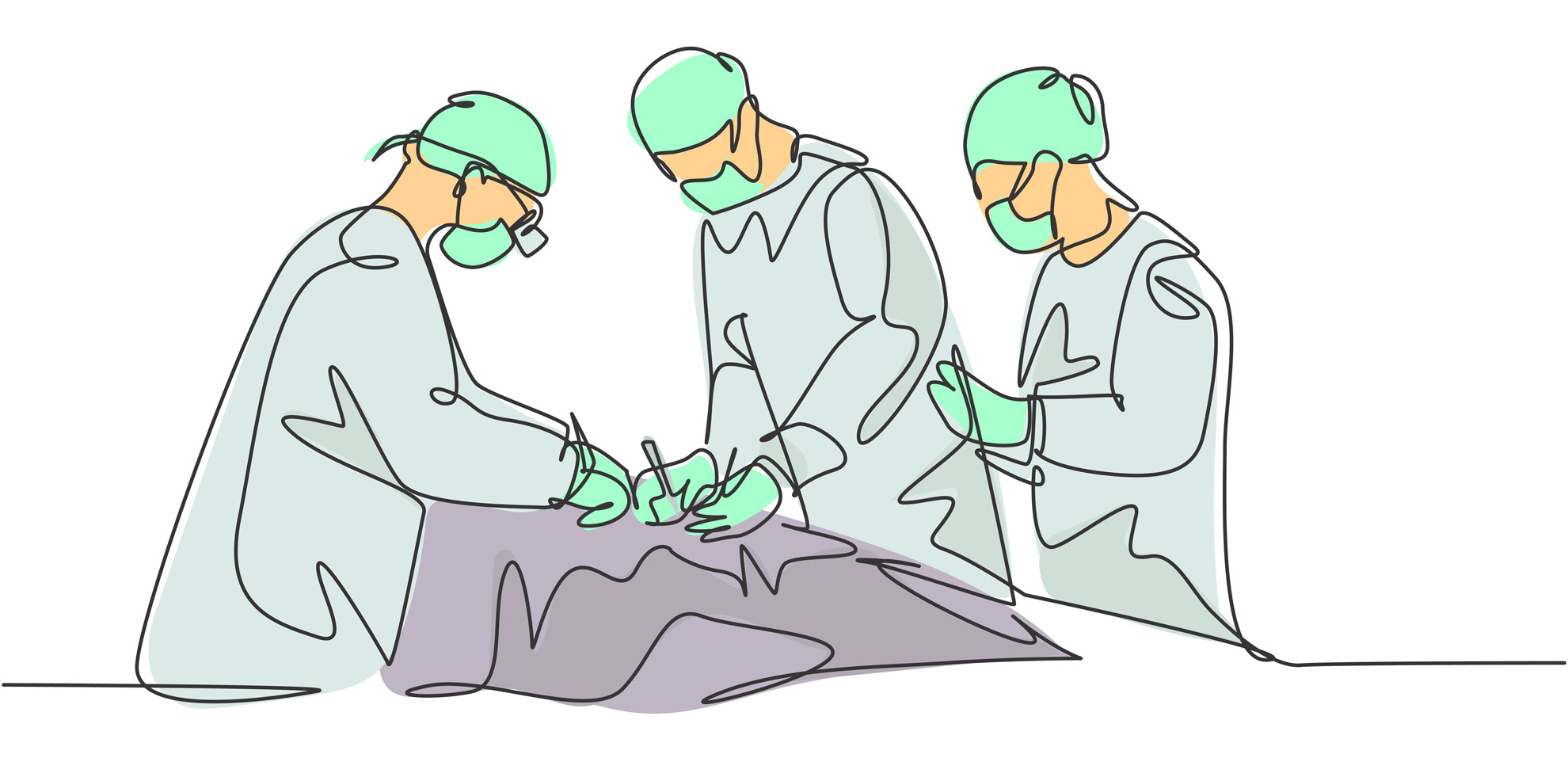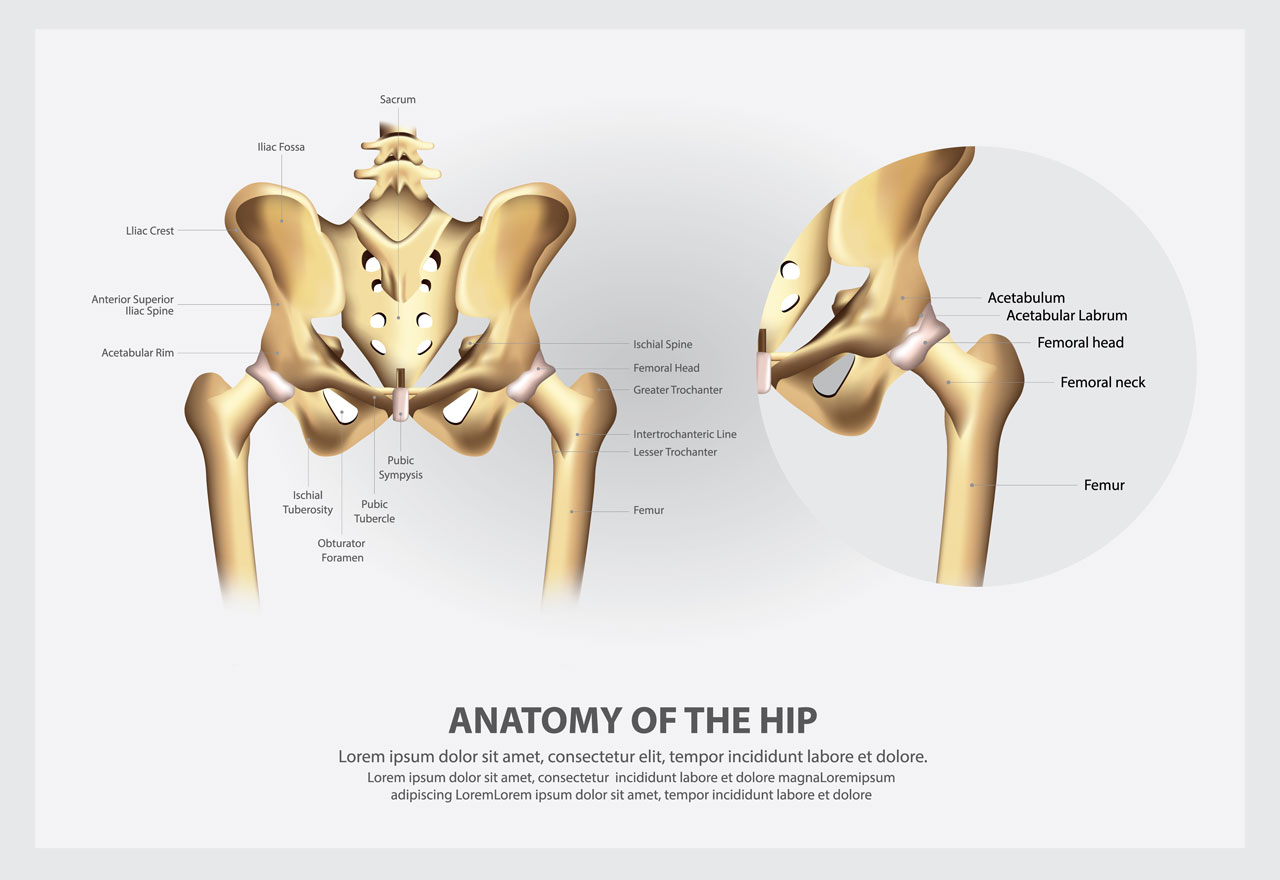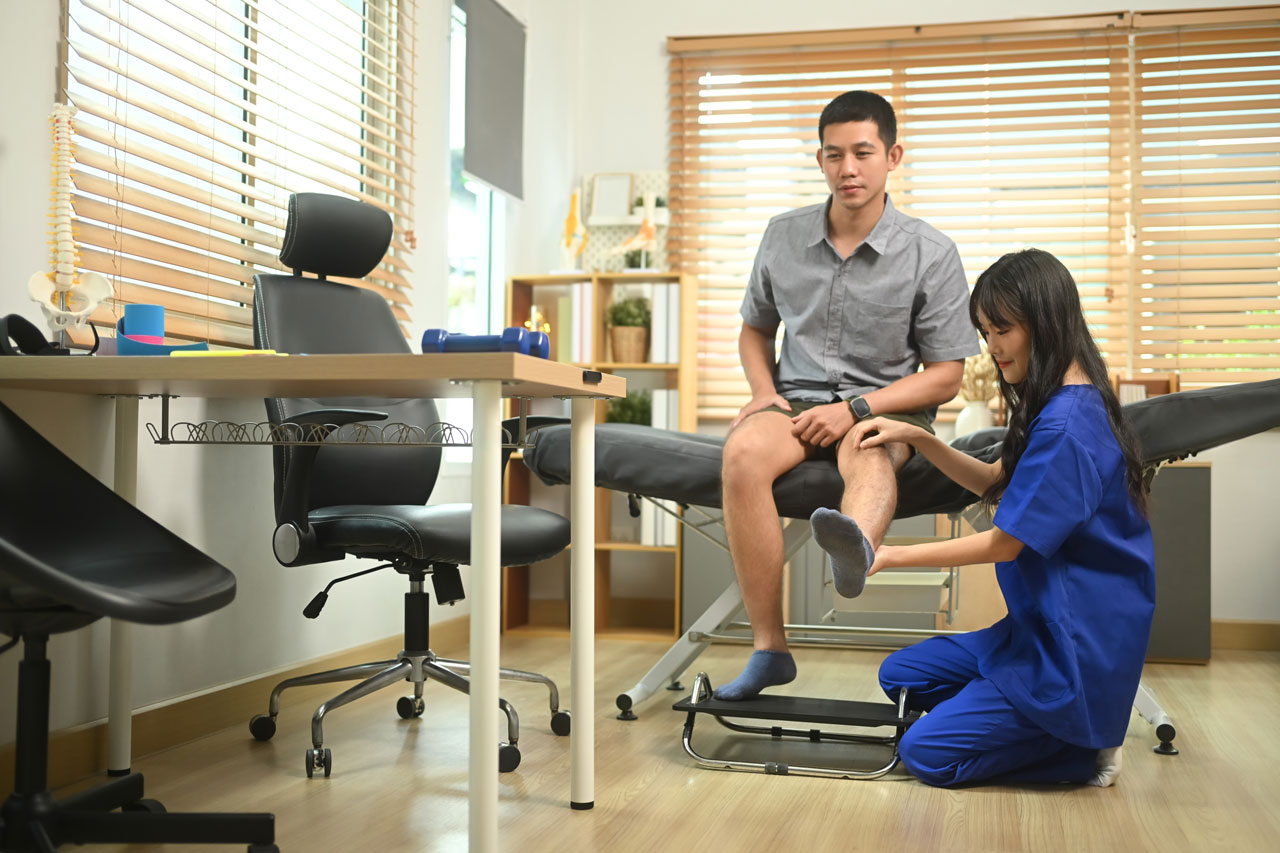
Total hip replacement surgery—or Total Hip Arthroplasty (THA)—has helped millions of people walk without pain again. But did you know that how the surgery is done can affect the way you walk afterward?
Let's dive into how different surgical approaches to hip replacement can change your gait—that's the way you move when you walk.
Two Roads to the Same Goal: A-L vs. P-L Approaches
Imagine two paths leading to the same destination—relief from hip pain. Surgeons can choose between a couple of popular approaches to reach your hip joint:
Anterolateral (A-L) approach – This means going in from the front and side of your hip.
Posterolateral (P-L) approach – This means entering from the back and side.
They both work, but they take slightly different routes through your muscles.

What's the Big Deal?
Here's where it gets interesting: those different paths affect different muscles. And those muscles play a huge role in how you walk after surgery.
The A-L approach goes through muscles that help keep your pelvis stable when you walk, like the gluteus medius.
The P-L approach avoids most of those muscles but goes near the ones that help rotate your hip.
That means your body reacts differently depending on which route the surgeon takes.

The Walking Test: What Happens After Surgery?
Researchers studied patients six months after surgery to see how their gait had changed. They used detailed motion tracking—kind of like the technology used in sports analysis or video games—to measure how patients moved.
Here's What They Found:
Patients who had the A-L approach tended to walk with more of a trunk lean, less hip motion, and more imbalance between their legs.
Patients who had the P-L approach generally walked more naturally. In fact, about 30% of them walked almost like people who never had hip surgery at all.
But there's a twist… Even though the P-L group did better on average, almost 90% of all THA patients—no matter the approach—still had some kind of gait abnormality at the 6-month mark.
Why is That?
There are a few reasons:
• Muscles take time to heal and regain strength.
• Your body might still move the way it did before surgery to avoid pain—even if the pain is gone.
• Your brain and body need time to re-learn how to walk naturally again.

What Happens After Six Months?
The good news: most patients continue to get stronger and more mobile well into their first year after surgery.
But some differences between surgical approaches may stick around for longer, especially if not addressed during recovery. Some studies say those gait issues fade over time, while others suggest they can linger for years.
So What Does This Mean for You?
If you or someone you know is preparing for hip replacement surgery, here are a few things to keep in mind:
• Talk to your surgeon about the approach they plan to use and why.
• Know what to expect—especially if you're getting the A-L approach. Extra trunk lean and hip stiffness are common early on.
• Rehab matters! A good physical therapy program can make a huge difference. The goal isn't just to walk—it's to walk well.
Final Thoughts
The type of hip surgery you have can subtly—but significantly—change how you walk afterward. While both the anterolateral and posterolateral approaches relieve pain and restore movement, they affect the body in different ways.
By understanding these differences and committing to recovery, you'll be better prepared to get back on your feet—stronger, smoother, and with a confident stride.
References:
Madsen, M. S., Ritter, M. A., Morris, H. H., Meding, J. B., Berend, M. E., Faris, P. M., & Vardaxis, V. G. (2004). The effect of total hip arthroplasty surgical approach on gait. Journal of Orthopaedic Research, 22(1), 44–50.
https://doi.org/10.1016/S0736-0266(03)00151-7
| All Rights Reserved | FlexiTrace Developers LTD